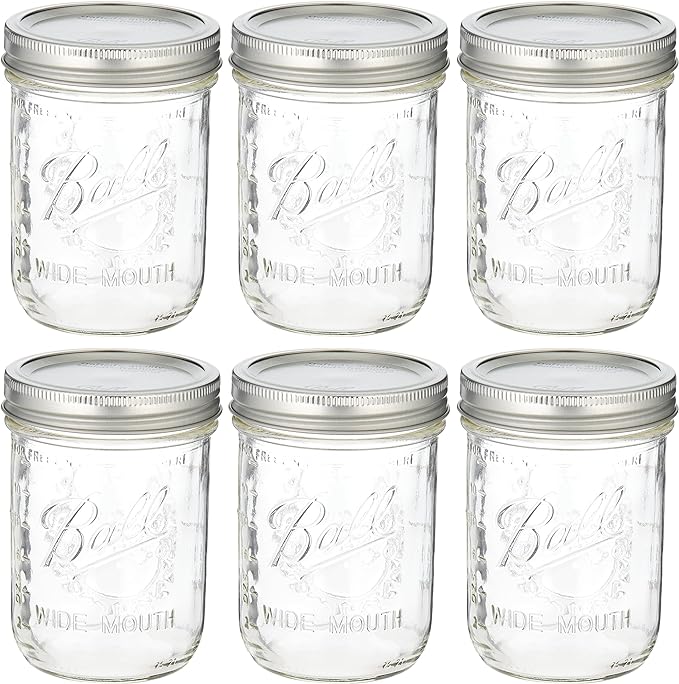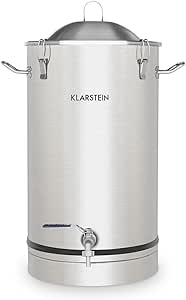In recent years, the ancient practice of home fermentation has witnessed a resurgence, with an increasing number of individuals discovering the joy and benefits of this culinary adventure. The art of fermenting foods has not only become a means of preserving food for extended periods but has also been embraced as a path to promoting gut health and exploring a vast array of flavors and textures.
At its core, fermentation is a fascinating natural process where microorganisms, such as yeast and bacteria, metabolize the carbohydrates in food, leading to the creation of alcohol, acid, or gas. This transformative process imbues the food with a unique tangy, sour, or effervescent character, enlivening your taste buds.
From fluffy bread and sharp cheese to tangy pickles, creamy yogurt, and frothy beer, the realm of home fermentation is a treasure trove of culinary delights. However, setting up a home fermentation system requires thoughtful planning and consideration of various factors like the kind of food to be fermented, the volume, the appropriate temperature, and the duration of fermentation.
Different Ways of Designing a Home Fermentation System
Let’s delve deeper into the various ways you can design your own home fermentation system.
Mason Jars: Your Entryway to Fermentation ⇒ (SHOP HERE)

The humble mason jar has become a beloved tool in home fermentation owing to its affordability, widespread availability, and the versatility of sizes it offers. To use mason jars for fermentation, you simply need to cover the opening with a breathable fabric like cheesecloth, ensuring air circulation while keeping dust and insects at bay. Alternatively, you could opt for specialized fermentation lids with built-in airlocks to maintain pressure balance and release excess gas. Ideal for fermenting small volumes of vegetables like sauerkraut, kimchi, or pickles, mason jars are also perfect for crafting homemade yogurt or kefir.
Fermentation Crocks: Embrace Tradition ⇒ (SHOP HERE)

Steeped in European history, fermentation crocks are large stoneware containers that have been transforming cabbage into sauerkraut for centuries. Their water seal system creates an anaerobic environment, helping to combat mold and yeast formation on the ferment’s surface. These crocks are a great choice for fermenting large quantities of vegetables, such as cabbage, beetroot, or carrots, and for concocting beverages like kombucha or mead. However, their size and weight can make them a bit cumbersome, and they demand careful cleaning and storage to avoid damage.
Fermentation Chambers: The Professional’s Choice ⇒ (SHOP HERE)

For those serious about fermenting, a fermentation chamber offers a controlled environment perfect for fermenting beer, wine, or cider. These units usually comprise a temperature controller, a heating or cooling source, and a keg or vessel for the ferment. With a fermentation chamber, you have the control to adjust the temperature and humidity to the optimal range for your chosen yeast or bacteria, leading to a more consistent and flavor-rich product. Keep in mind, though, that these chambers can be quite an investment and may require a bit of technical know-how.
DIY Setups: The Sky’s the Limit
Creativity takes center stage when it comes to DIY fermentation setups. From a simple plastic bucket with a lid and a rubber gasket for fermenting hot sauce or soy sauce to a glass jar with a balloon acting as a makeshift airlock for wine or mead, the possibilities are endless. Old refrigerators, coolers, or even aquariums can be repurposed as fermentation chambers. You can even build your own airlock system using tubing, water, and a one-way valve.
Embrace the art of fermentation and let your culinary creativity flow!
Conclusion On Fermentation System
No matter what type of home fermentation system you choose, it is important to follow good hygiene practices, such as washing your hands, sterilizing your equipment, and using high-quality ingredients.
You should also keep a close eye on the fermentation process and taste the product regularly to detect any off-flavors or spoilage.
With some patience and creativity, you can enjoy the benefits of home fermentation and explore new culinary horizons.

